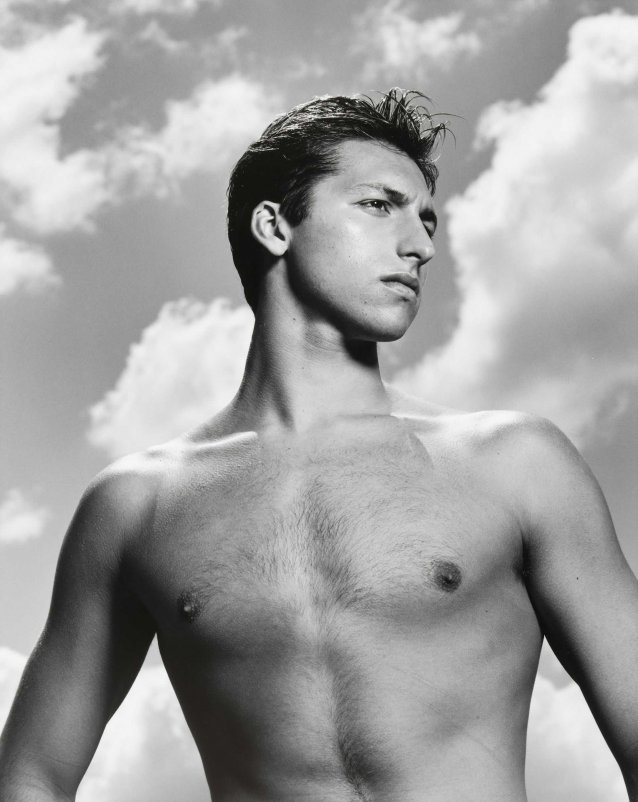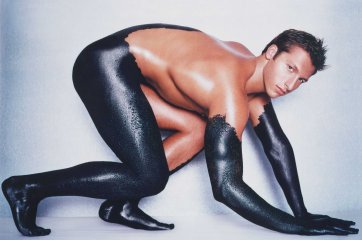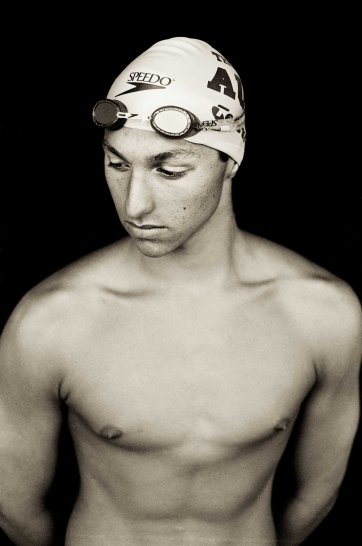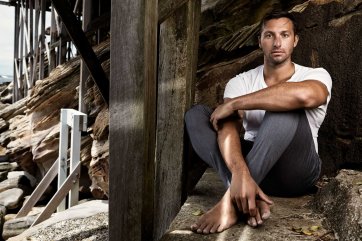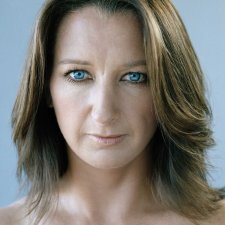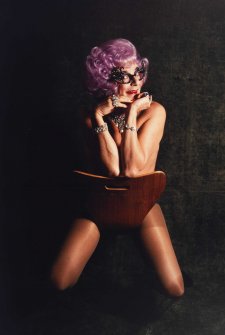Ian Thorpe OAM (b. 1982) has won more Olympic gold medals than any other Australian athlete. A swimmer whose feats earned him the nickname ‘Thorpedo’, he was first selected to represent Australia at age fourteen, following his wins in five events at the 1996 national age championships. His victory in the 400 metres freestyle at the 1998 world championships in Perth made him the youngest men’s world champion in swimming history. He went on to win another four gold medals at the 1998 Commonwealth Games in Kuala Lumpur, earning himself his first world record as a member of the 4 x 200 metres freestyle relay team in the process. His first individual long course world record came in 1999 when he sliced two seconds off the existing 400 metres freestyle mark at the Pan Pacific Games in Sydney. He set a new world record for the 200 metres freestyle the following day, breaking his own records for both events again in qualifying for the Olympic team in May 2000. Thorpe’s first Olympic campaign, in Sydney, resulted in three gold and two silver medals as well as a further three world records, making him the most successful athlete of the 2000 Games. His haul for 2001 and 2002 included wins in six events at the world championships; six gold medals at the Manchester Commonwealth Games; and the addition to his world record tally of that for the 800 metres freestyle. In 2003, in again claiming the 400 metres freestyle world title, he became the first swimmer to win the same event at three consecutive world championships. His two gold medals at the 2004 Athens Olympics came from victories in the 400 metres and 200 metres freestyle, the final of the latter event pitting him against Dutchman Pieter van den Hoogenband and American Michael Phelps in what some pundits dubbed swimming’s ‘race of the century’. World Swimmer of the Year in 1998, 1999, 2001 and 2002, Thorpe was named Male Athlete of the Year at the Australian Sports Awards in 1999, 2001 and 2002; and in 2001 was awarded International Athlete of the Year by the International Amateur Athletic Association. His retirement from swimming at the age of twenty- four prompted discussion of whether or not he had been the world’s all- time greatest swimmer.
Sydney-born photographer James Houston (b. 1965) took the first nude cover for Australian Vogue in 1997. In 1999 he shot the calendar for the Sydney Olympic Games. His books include Move for Aids (2007), which raised funds for AIDS charities.
Collection: National Portrait Gallery
Gift of the artist 2002
© James Houston
The National Portrait Gallery respects the artistic and intellectual property rights of others. Works of art from the collection are reproduced as per the
Australian Copyright Act 1968 (Cth). The use of images of works from the collection may be restricted under the Act. Requests for a reproduction of a work of art can be made through a
Reproduction request. For further information please contact
NPG Copyright.
